Stunning Photos of Greenland's Supraglacial Lakes
The lakes that form atop Greenland's Ice Sheet, called supraglacial lakes, can rapidly, and mysteriously, drain billions of gallons of water in a matter of hours. Geoscientists have now figured out a key part of the puzzle to explain how this vanishing act occurs. They published their results today (June 3) in the journal Nature. [Read the full story on Greenland's supraglacial lakes]
Here one day ...
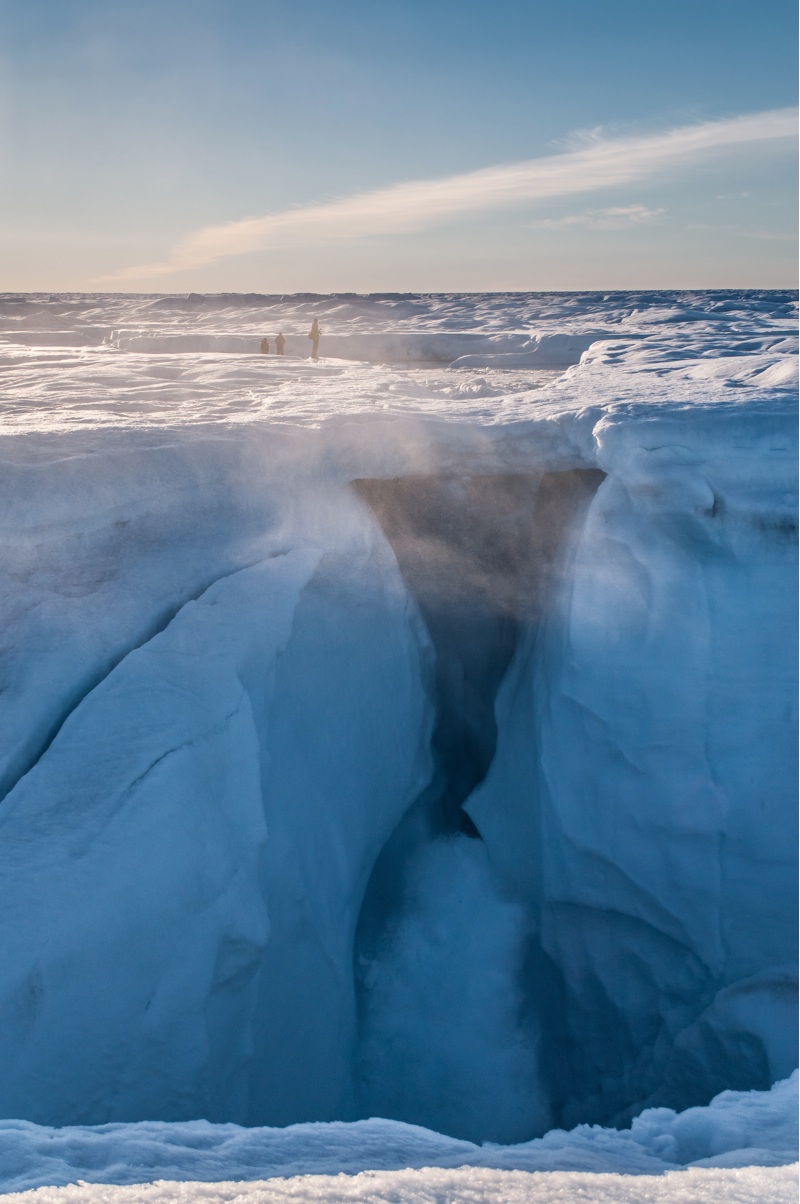
In 2006, North Lake in Greenland, a supraglacial lake, drained nearly 12 billion gallons of its meltwater in less than two hours. Scientists later found that giant water-induced cracks called hydro-fractures can form just beneath the lake basin, stretching down to the bed of the ice sheet. Those cracks can empty the overlying lake of its water. Here, a moulin (vertical conduits or shafts in a glacier) formed along the hydro-fracture through Greenland's North Lake basin continues to drain meltwater to the bed after the 2013 North Lake rapid drainage. (Photo Credit: Ian Joughin)
Icy mystery
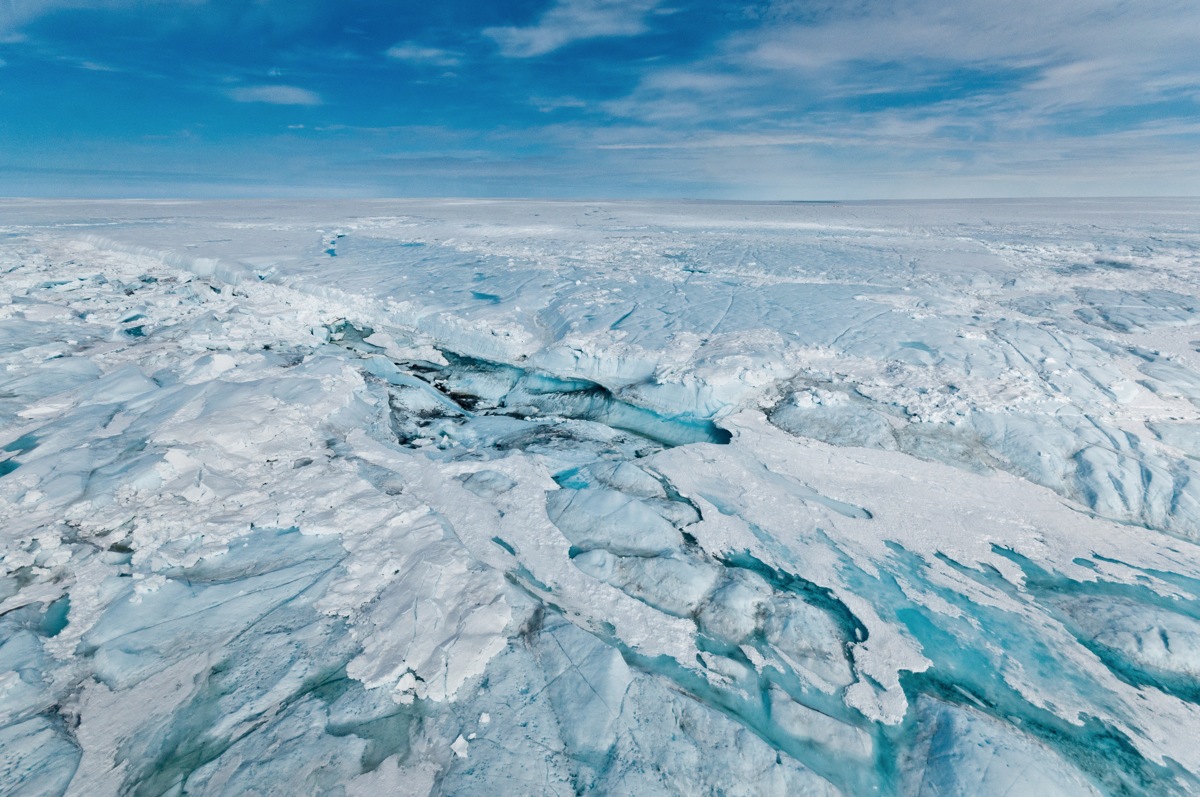
Scientists weren't sure just how these fractures developed — until now. In the new study, scientists used 16 GPS stations placed around North Lake to figure out specific movements below the lake. They found that tension-related stress caused by movements of the ice sheet (triggered by the trickling meltwater) could create these hydro-fractures. The rapid drainage of North Lake in 2011 left behind a hydro-fracture scarp and exposed lakebed (shown here). (Photo Credit: Ian Joughin)
On the move
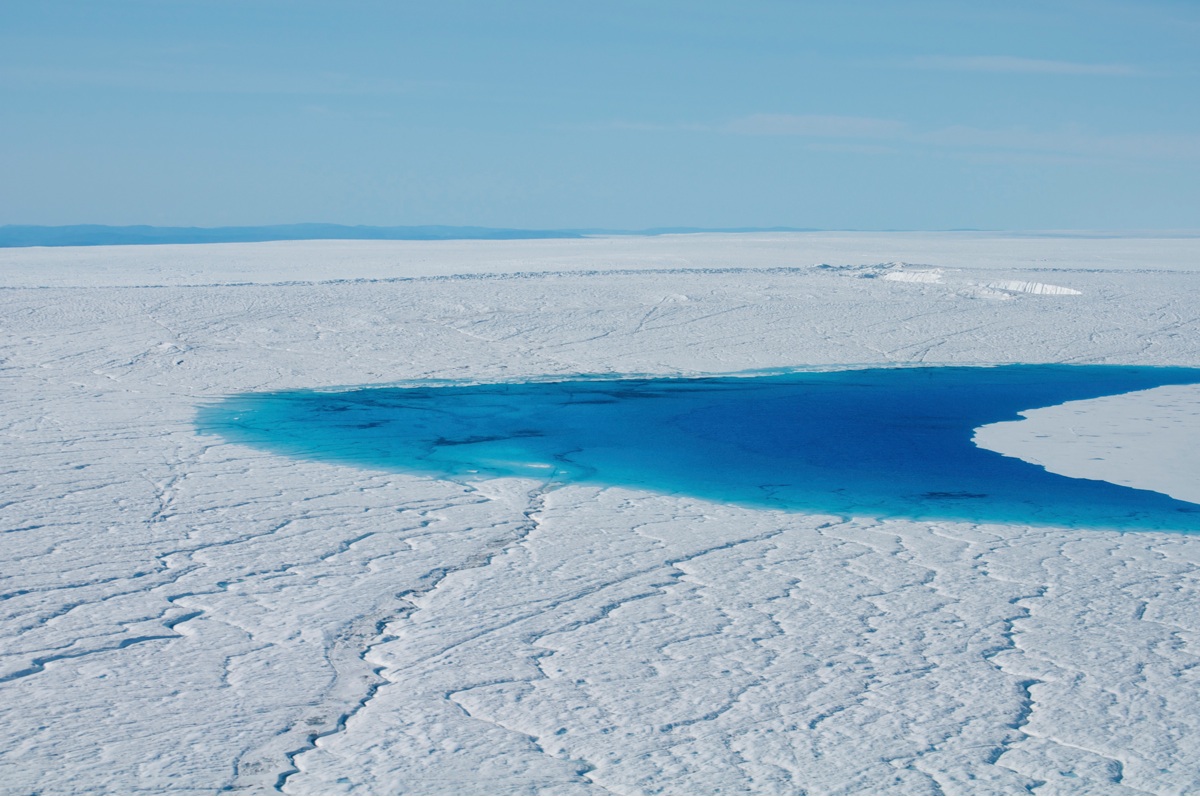
The new finding also paints a clearer image of the meltwater that travels down to the bed of the Greenland Ice Sheet, helping scientists to figure out how fast that sheet flows during the summer months, the researchers said. Here, a supraglacial lake on the western margin of the Greenland Ice Sheet. (Photo Credit: Laura A. Stevens)
Sign up for the Live Science daily newsletter now
Get the world’s most fascinating discoveries delivered straight to your inbox.
Summer melt
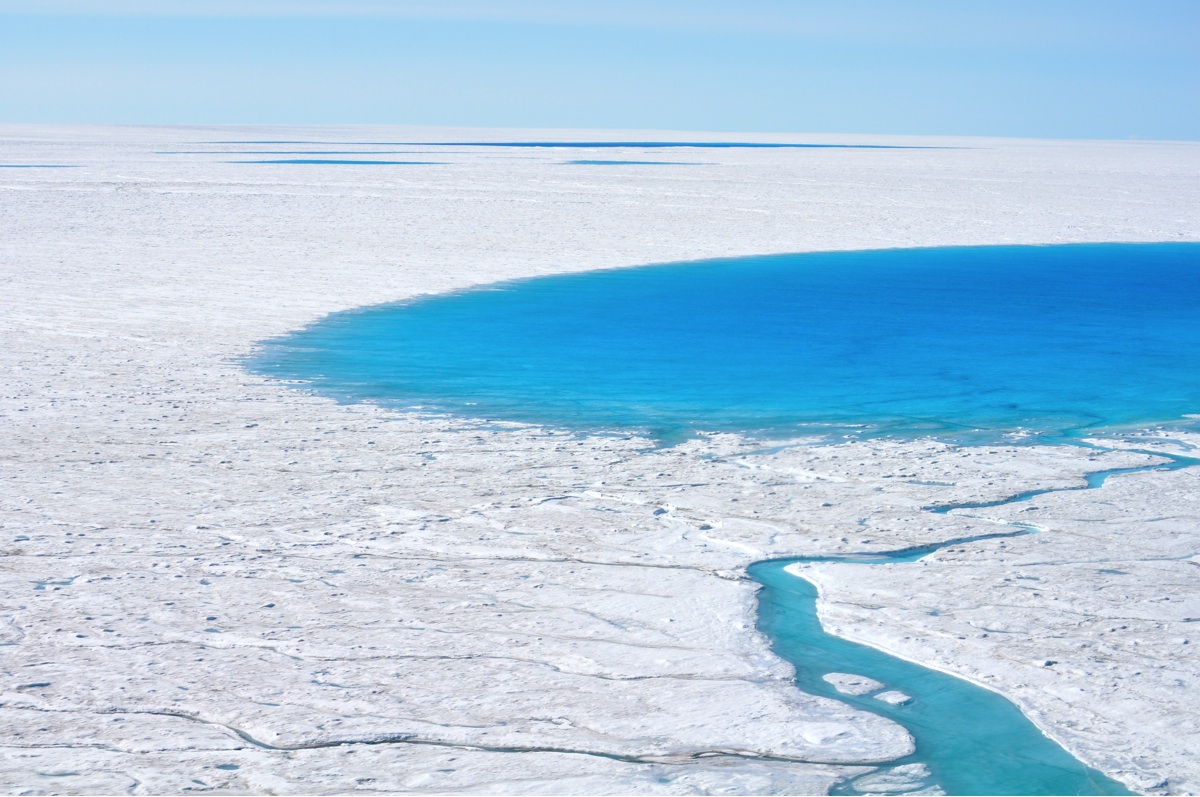
Supraglacial lakes, like this one on the western margin of the Greenland Ice Sheet, form atop the ice sheet during the summer "melting" months. (Photo Credit: Laura A. Stevens)
Disappearing acts
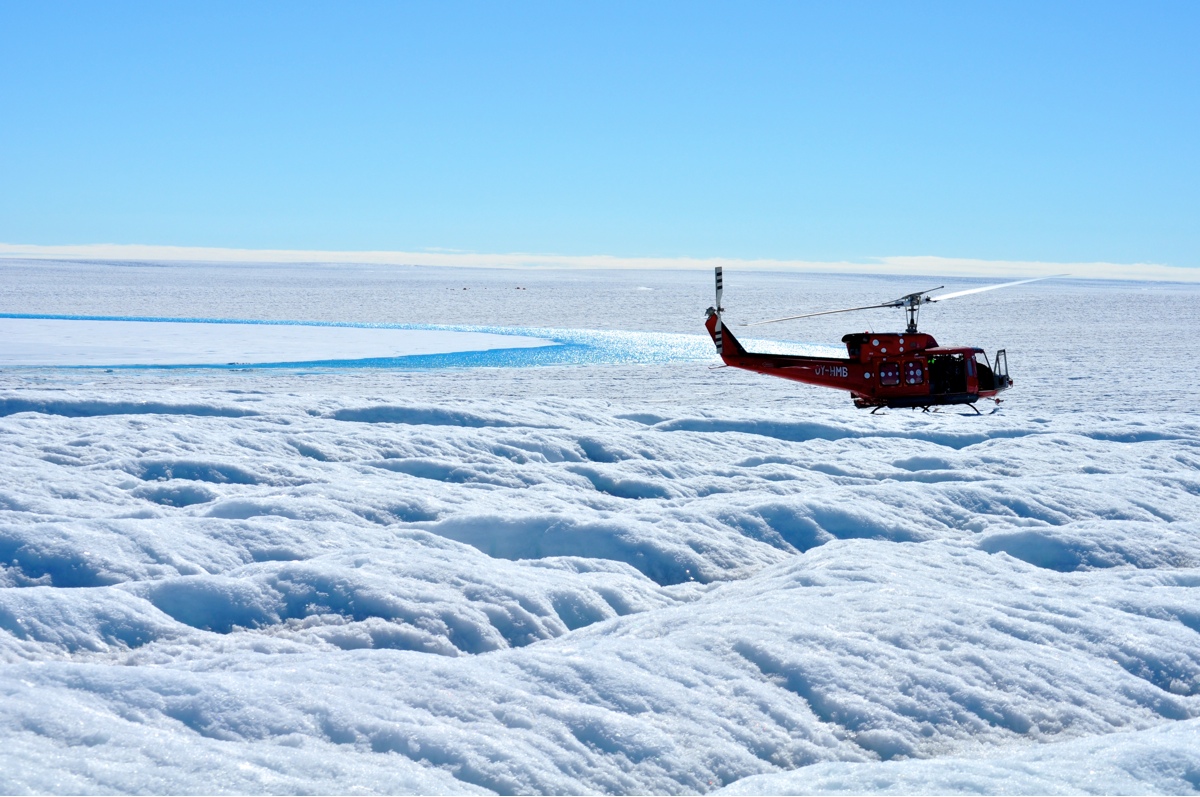
A supraglacial lake and helicopter on the western margin of the Greenland Ice Sheet. Most of these lakes drain slowly as streams pop up and send that water into permanent crevasses. However, recent research using satellite images has suggested 13 percent of lakes "disappear" within 24 hours, completely draining. (Photo Credit: Laura A. Stevens)
Hydrologic pipeline
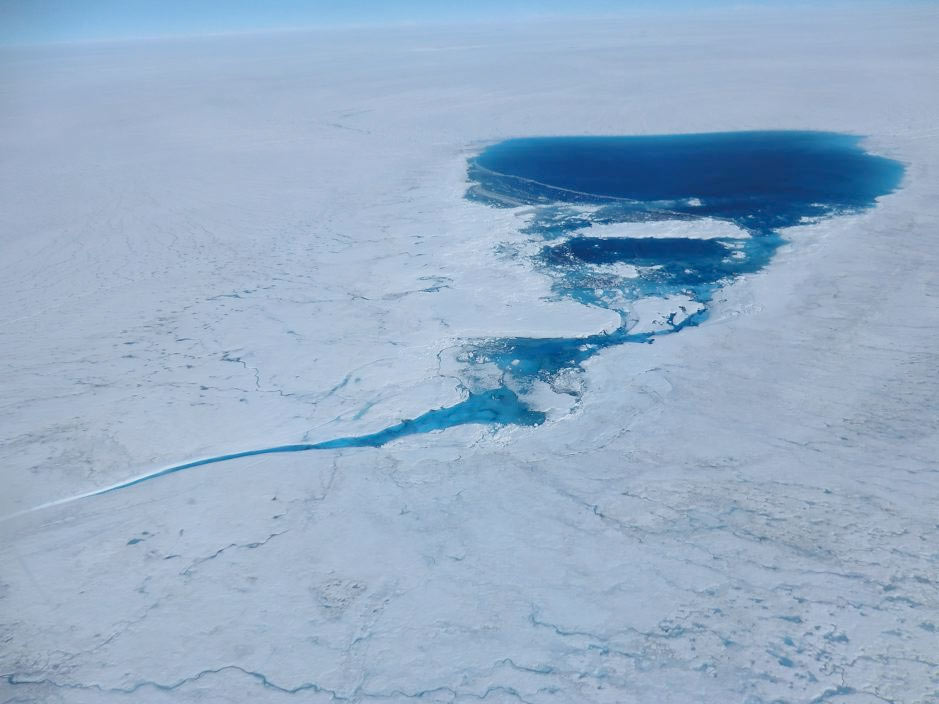
Here, a supraglacial lake on the Greenland Ice Sheet in the Kangerlussuaq area. Photographed on July 21, 2012, the lake feeds a stream that delivers meltwater to the low elevations where it either flows to the ocean on the surface or dives into the ice to contribute to a hydrological pipeline of sorts. (Photo Credit: Marco Tedesco)
Follow us @livescience, Facebook & Google+.
Jeanna Bryner is managing editor of Scientific American. Previously she was editor in chief of Live Science and, prior to that, an editor at Scholastic's Science World magazine. Bryner has an English degree from Salisbury University, a master's degree in biogeochemistry and environmental sciences from the University of Maryland and a graduate science journalism degree from New York University. She has worked as a biologist in Florida, where she monitored wetlands and did field surveys for endangered species, including the gorgeous Florida Scrub Jay. She also received an ocean sciences journalism fellowship from the Woods Hole Oceanographic Institution. She is a firm believer that science is for everyone and that just about everything can be viewed through the lens of science.









